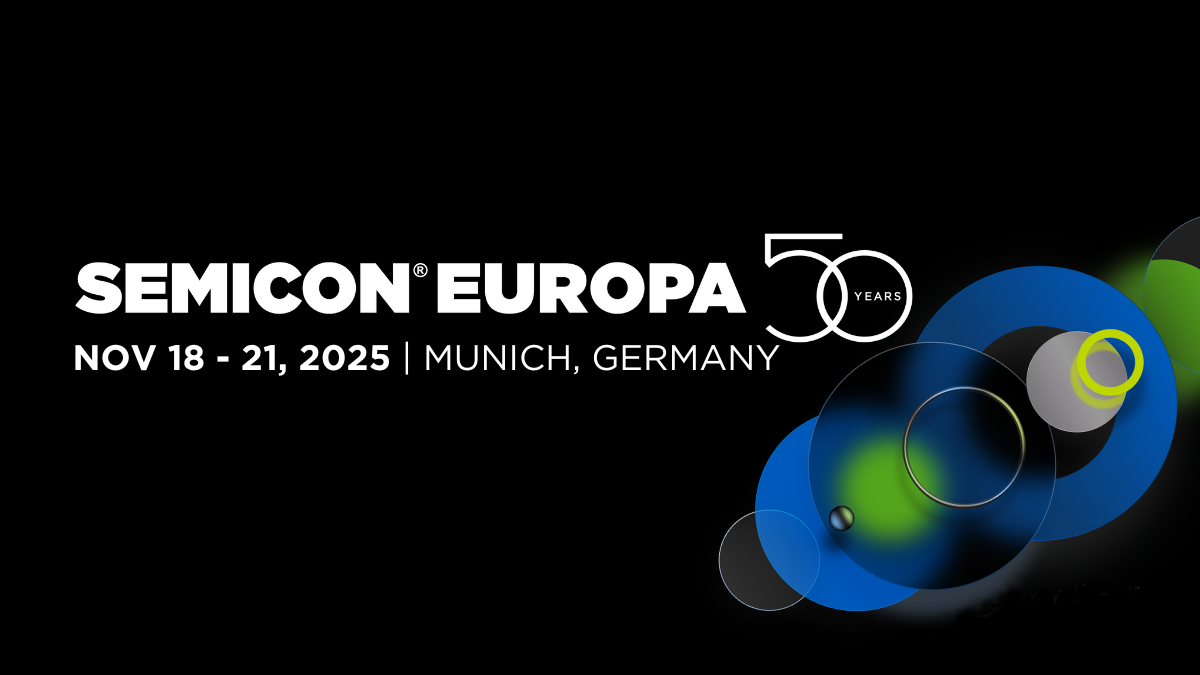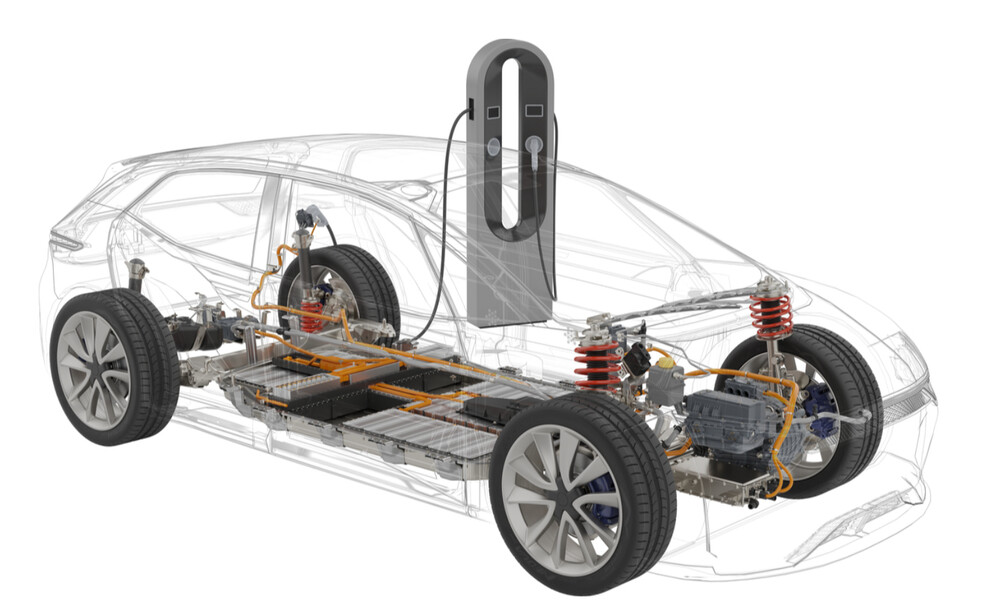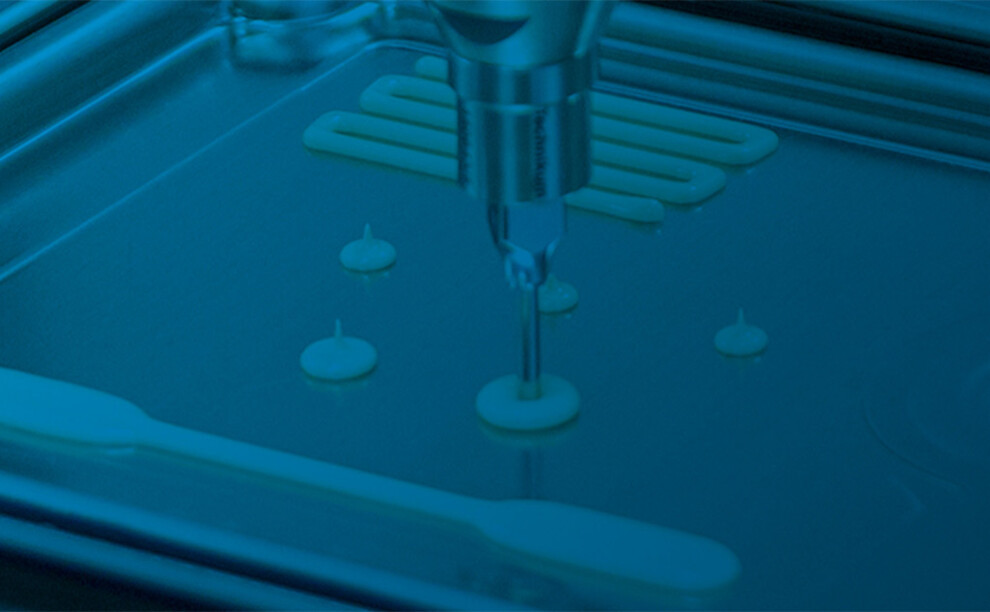SEMICON Europa
Here you find all exhibitors of the co-located event SEMICON Europa, the European platform for the semiconductor manufacturing industry.

Welcome to the
exhibitor directory
of productronica 2025










Here you find all exhibitors of the co-located event SEMICON Europa, the European platform for the semiconductor manufacturing industry.




















